How to diagnose and treat dry eye syndrome
With the increasing amount of time we all spend staring at screens, dry eye syndrome is becoming more and more common and affecting younger patients. Read on to find out how eye care professionals diagnose this condition and discover various treatment options available at our clinic.
Diagnosing dry eye syndrome
Even though many factors can contribute to dry eyes such as age and the environment, dry eye syndrome is often a result of meibomian gland dysfunction.
The meibomian glands are responsible for making the tears and oil, called meibum, that keep your eyes moist. When they aren’t able to produce tears correctly or can’t make enough, the meibomian glands will swell. This may cause a variety of dry eye symptoms.
- Irritated eye lids
- Blurred vision
- Red eyes
- Burning or itching eyes
- Watering eyes
If you notify your Opto-Réseau vision professional that you are regularly experiencing one or more of these symptoms, they might recommend an assessment to find out if you suffer from dry eye syndrome.
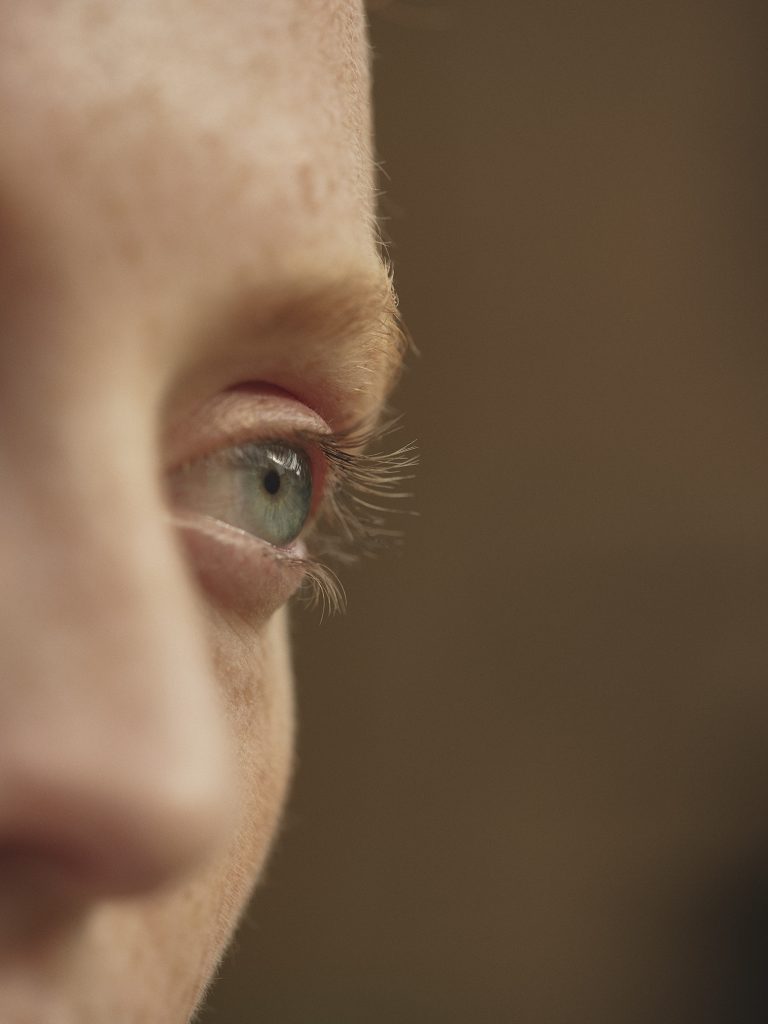
Your optometrist will go over everything that may impact your ocular health and will evaluate your condition using cutting-edge tests and equipment. These might include a meibography (photos of the inside of your lid), an eye blinking test, or a test that measures the amount of oil in your tears.
TRANSILLUMINATION OF THE meibomian glands

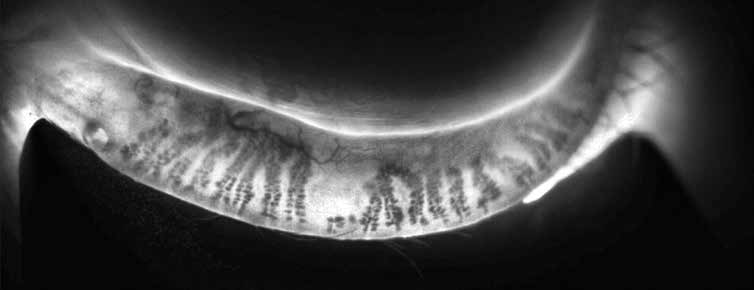
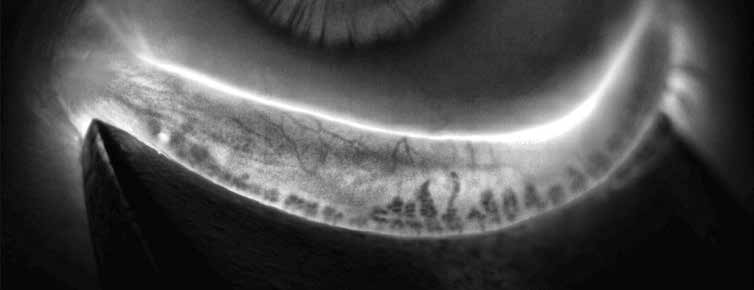
SURFACE TRANSILLUMINATION OF THE Meibomian glands
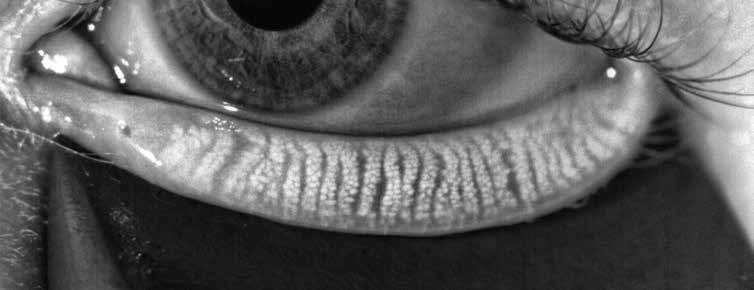
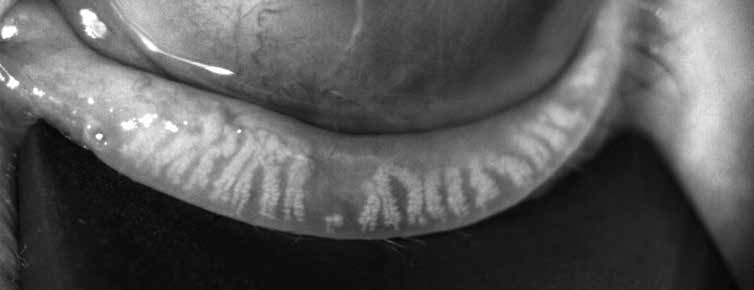
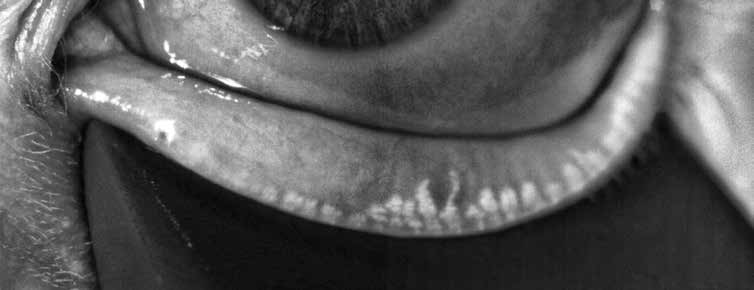
If your optometrist determines you are suffering from dry eye syndrome, they’ll be able to design a treatment plan adapted to your specific condition.
Solutions available at our clinic
1 – Artificial teals and ointments
Fortunately, there are myriad products available to control and relieve dry eye syndrome including artificial tears, gels, and ointments.
I-Med Pharma is a Quebec-based company specializing in solutions to diagnose and treat ocular surface disorders. Their products are available in numerous Opto-Réseau clinics.
In some cases, your eye care professional may prescribe medication to alleviate certain symptoms of dry eye syndrome. Your optometrist will recommend the product most suited to your needs.
2- Punctal plugs
Also known as lacrimal plugs, punctal plugs are tiny devices inserted by your eye care professional into your tear duct to prevent the drainage of tears.
Because these plugs slow down tear drainage but have no affect on the quality of your tears, it can be a complementary solution to other types of treatments.
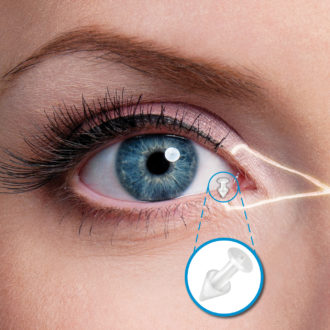
3 – Specialized treatments | Dry eye syndrome clinic
Some Opto-Réseau clinics are also equipped with the technology required to provide safe, pain-free treatments. Here are 3 examples:
IPL | Treatment that uses light therapy on your eye lids to control the inflammation caused by dry eye syndrome.
Generally, four 30-minute sessions are required, and several patients report a significant improvement in their condition after only three sessions. LipiFlow can also be used after the IPL treatment for even more noticeable results.
Lipiflow | As a complementary treatment to IPL, this 12-minute non-invasive procedure uses thermal pulsations to apply localized heat and pressure therapy to remove blockages. That allows the glands to produce the oils in the tear film and prevents them from draining too quickly.
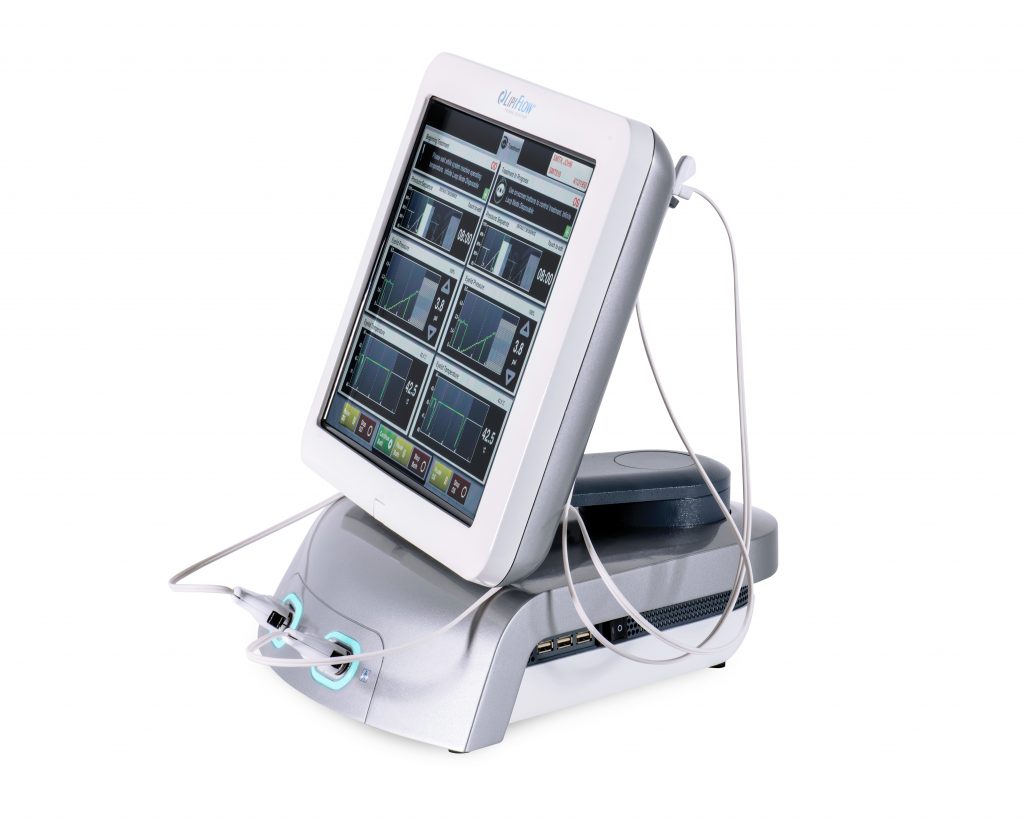
Microblepharoexfoliation | This is a 10-minute procedure that uses a BlephEx® device to deeply cleanse the lashes and eyelids. This technology reduces eyelid inflammation caused by an infection or allergy (blepharitis).
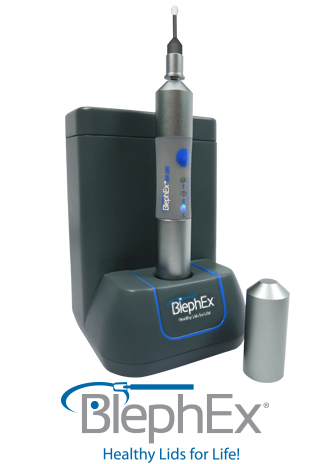
For more information or to find out if the IPS, LipiFlow, or microblepharoexfoliation treatments are available at your clinic, contact our Opto-Réseau professionals.
Which solution is right for you?
Dry eye syndrome is a disease that worsens over time but its symptoms can be controlled. That’s why it’s important to consult your optometrist if you experience any symptoms.
Watch the video below before visiting your clinic for more information about dry eye syndrome (video in french only).
- Dry eye
- Dry eye syndrom
- Eye drops
- Eye exam
- Health
- i-med






